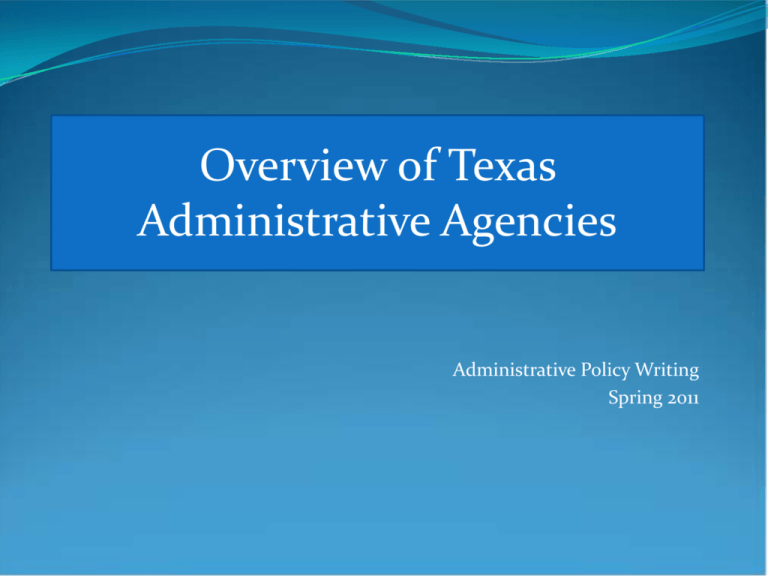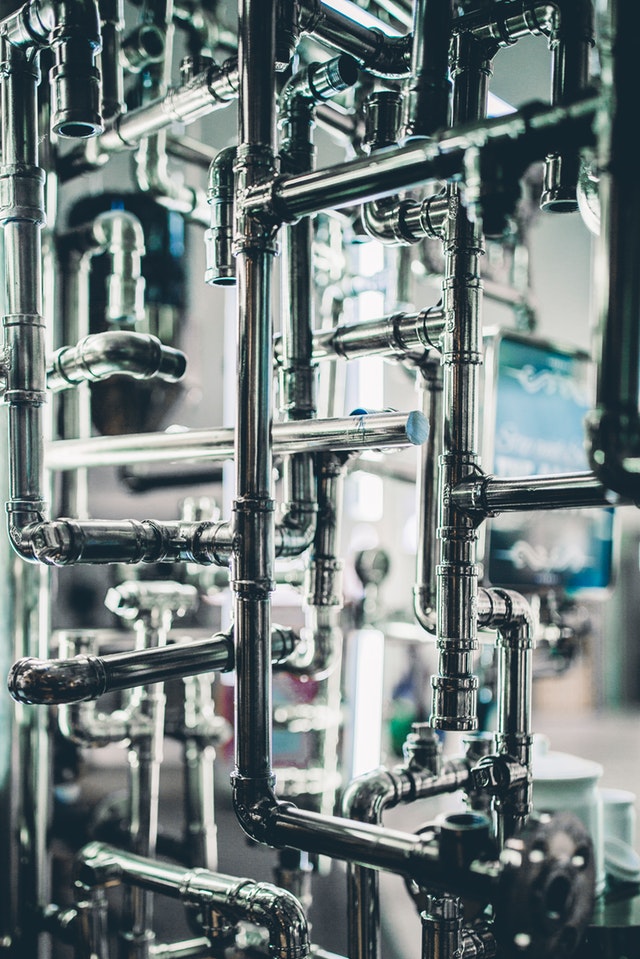When it comes to kitchen sinks, following the Texas plumbing code is crucial for ensuring proper installation and maintenance. The Texas State Board of Plumbing Examiners is responsible for establishing and enforcing the plumbing code in Texas, ensuring the safety and well-being of residents. In this article, we will go over the top 10 main Texas plumbing code regulations for kitchen sinks to help you understand the requirements and avoid any potential issues.Introduction
The Texas Administrative Code, also known as TAC, is the official compilation of all state agency rules and regulations in Texas. This includes the plumbing code set by the Texas State Board of Plumbing Examiners. It is important to familiarize yourself with this code to ensure compliance with all regulations when installing or repairing a kitchen sink.1. Texas Administrative Code
The Texas State Plumbing Code is the set of regulations and standards set by the Texas State Board of Plumbing Examiners for the installation, maintenance, and repair of plumbing systems in the state. This code includes specific guidelines for kitchen sinks, such as the type of materials that can be used and the proper installation methods.2. Texas State Plumbing Code
One of the main requirements for kitchen sinks under the Texas plumbing code is proper drainage. This means that the sink must be connected to a drain line that is at least 1 1/2 inches in diameter and has a minimum slope of 1/4 inch per foot. This ensures that water can flow freely and prevents any potential clogs or backups.3. Proper Drainage Requirements
Venting is another important aspect of kitchen sink installation under the Texas plumbing code. Proper ventilation ensures that waste gases are safely released from the plumbing system. The code requires that kitchen sinks have a vent that is at least 1 1/2 inches in diameter and extends at least 6 inches above the flood level rim of the sink.4. Venting Regulations
For a kitchen sink to function properly, it must have a reliable source of water. The Texas plumbing code requires that the water supply for a kitchen sink be connected to a potable water supply line and have a shut-off valve that is easily accessible for maintenance or repairs.5. Water Supply Requirements
The type of faucet used for a kitchen sink is also regulated by the Texas plumbing code. Faucets must be designed and installed in a way that prevents contamination of the potable water supply. This means that the faucet must be equipped with an air gap or backflow prevention device to prevent any cross-contamination.6. Faucet Regulations
To prevent any leaks or water damage, the Texas plumbing code requires that kitchen sinks be properly sealed to the countertop. This ensures that water does not seep underneath the sink and cause damage to surrounding materials. The code also requires that the sink be securely attached to the countertop to prevent any movement.7. Proper Sealing Requirements
If your kitchen sink is also connected to a dishwasher, there are specific regulations that must be followed. The drain line from the dishwasher must be connected to a high loop or air gap to prevent any potential backflow or contamination of the kitchen sink.8. Dishwasher Connection Regulations
If your kitchen sink is equipped with a garbage disposal, it must also comply with the Texas plumbing code. The code requires that the disposal be connected to an approved drain line and have a properly sized trap to prevent any clogs or backups.9. Garbage Disposal Requirements
The Importance of Following the Texas Plumbing Code for Your Kitchen Sink

Understanding the Texas Plumbing Code
 When it comes to building or renovating a house, there are various codes and regulations that need to be followed. One of the most important codes to adhere to is the Texas Plumbing Code. This code sets the standards for plumbing systems in residential and commercial buildings in Texas. It covers everything from the design and installation of plumbing systems to the materials and equipment used. As a homeowner, it is important to familiarize yourself with this code, especially when it comes to your kitchen sink.
When it comes to building or renovating a house, there are various codes and regulations that need to be followed. One of the most important codes to adhere to is the Texas Plumbing Code. This code sets the standards for plumbing systems in residential and commercial buildings in Texas. It covers everything from the design and installation of plumbing systems to the materials and equipment used. As a homeowner, it is important to familiarize yourself with this code, especially when it comes to your kitchen sink.
Proper Installation of Kitchen Sinks
 The kitchen is often considered the heart of the home, and the kitchen sink is a crucial component of this space. It is used for various tasks such as washing dishes, food preparation, and even filling up pots for cooking. With such frequent use, it is important to ensure that your kitchen sink is installed properly according to the Texas Plumbing Code.
One of the main requirements of the code is the proper venting of your kitchen sink.
This means that there should be a vent pipe connected to your sink to allow for the release of air and gases. This prevents any potential clogs or foul odors from building up in your sink. The code also requires that the sink drain be connected to a proper trap, which helps to prevent sewer gases from entering your home.
The kitchen is often considered the heart of the home, and the kitchen sink is a crucial component of this space. It is used for various tasks such as washing dishes, food preparation, and even filling up pots for cooking. With such frequent use, it is important to ensure that your kitchen sink is installed properly according to the Texas Plumbing Code.
One of the main requirements of the code is the proper venting of your kitchen sink.
This means that there should be a vent pipe connected to your sink to allow for the release of air and gases. This prevents any potential clogs or foul odors from building up in your sink. The code also requires that the sink drain be connected to a proper trap, which helps to prevent sewer gases from entering your home.
Ensuring Safe Water Supply
 Another important aspect of the Texas Plumbing Code is ensuring the safety of your water supply. This is especially crucial for your kitchen sink, as it is where you get water for cooking, drinking, and cleaning. The code requires that all kitchen sinks have a backflow prevention device installed. This prevents contaminated water from flowing back into your water supply, ensuring that you and your family have access to safe and clean water.
Additionally, the code also specifies the type of materials that can be used for plumbing systems, including kitchen sinks.
This is to ensure that the materials used are safe and durable, and will not cause any harm to the water supply or the environment.
Another important aspect of the Texas Plumbing Code is ensuring the safety of your water supply. This is especially crucial for your kitchen sink, as it is where you get water for cooking, drinking, and cleaning. The code requires that all kitchen sinks have a backflow prevention device installed. This prevents contaminated water from flowing back into your water supply, ensuring that you and your family have access to safe and clean water.
Additionally, the code also specifies the type of materials that can be used for plumbing systems, including kitchen sinks.
This is to ensure that the materials used are safe and durable, and will not cause any harm to the water supply or the environment.
Importance of Hiring a Professional
 While it may be tempting to try and install a kitchen sink yourself, it is important to hire a licensed plumber who is familiar with the Texas Plumbing Code. They will have the knowledge and experience to ensure that your sink is installed correctly, following all the necessary codes and regulations. This not only ensures the safety and functionality of your sink but also saves you from potential costly repairs in the future.
In conclusion, following the Texas Plumbing Code for your kitchen sink is crucial for the safety and functionality of your home. It is important to hire a professional for the installation and to regularly check and maintain your sink to ensure it is in compliance with the code. By doing so, you can have peace of mind knowing that your kitchen sink is up to standard and providing you with safe and clean water.
While it may be tempting to try and install a kitchen sink yourself, it is important to hire a licensed plumber who is familiar with the Texas Plumbing Code. They will have the knowledge and experience to ensure that your sink is installed correctly, following all the necessary codes and regulations. This not only ensures the safety and functionality of your sink but also saves you from potential costly repairs in the future.
In conclusion, following the Texas Plumbing Code for your kitchen sink is crucial for the safety and functionality of your home. It is important to hire a professional for the installation and to regularly check and maintain your sink to ensure it is in compliance with the code. By doing so, you can have peace of mind knowing that your kitchen sink is up to standard and providing you with safe and clean water.

























/https://static.texastribune.org/media/files/6f2e9e297d467fe9feacf8185ac4e479/Plumbing%20Examiners%20TT.jpg)










/https://static.texastribune.org/media/files/6f2e9e297d467fe9feacf8185ac4e479/Plumbing Examiners TT.jpg)
















